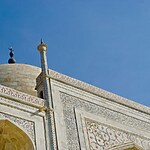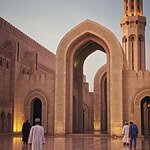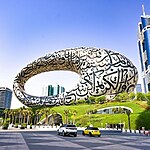Calligraphy is an ancient and elegant art form which holds significance in many different cultures. Arabic calligraphy or Islamic calligraphy has strong connections with the religion of Islam and can be seen in many Islamic architectural buildings. It is considered to be a highly admired and revered art form. Artists use calligraphy as a form of expression since Islamic culture does not promote the depiction of human or animal forms in religious contexts. Thus, calligraphy became a representation of the divine. Holy verses from the Quran were inscribed in calligraphy in Islamic buildings such as mosques, palaces, tombs, mausoleums, etc.
In Islamic culture, the written word takes precedence over images. According to them, calligraphy is not just a medium of elegant writing, but a means to communicate the Holy words of the Quran to the masses. It is a decorative element as well as a means of communication. That is why calligraphy is one of the key features of Islamic architecture and is often found in various Islamic monuments.
Significance of Islamic Calligraphy
Islamic calligraphy has many different styles based on its origins. Some notable styles of Islamic calligraphy are Kufic, Naskh, Thuluth, Diwani, Magribhi, Reqa, Muhaqqaq, Nastaliq, etc. The most common calligraphy style used in Islamic architectural monuments is the Thuluth style. It is a more ornate and decorative script compared to the other styles and was more suited to be used for inscriptions in architectural decorations.
In some cases, the interior of the building can have a different calligraphy style while the exterior has a different calligraphy style. This can also differ based on the region where the building was constructed. The calligraphy style and regional architectural style are interconnected in the design of the building. The calligraphy style also sets the tone for the function of the building.
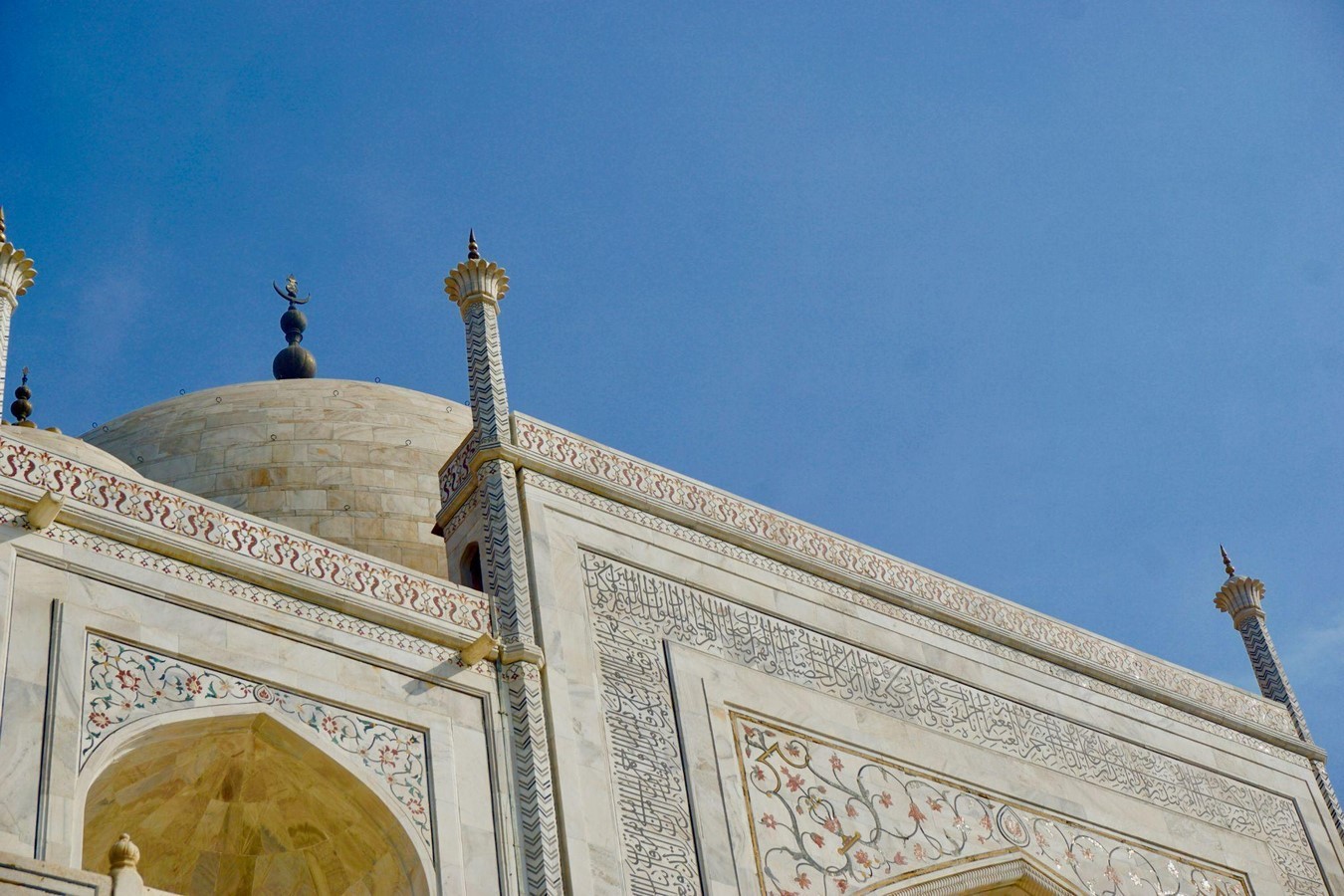
In the case of mosques, the mihrab, minbar and domes are often inscribed with verses from the Quran in calligraphy, whereas tombs and mausoleums have inscriptions of the names of the deceased along with verses from the Quran. In palaces and other public buildings, calligraphy serves as a decorative element. It also showcases the importance of the buildings. Calligraphy in Islamic architecture buildings can be a stand-alone feature or be combined with other decorative elements like geometric patterns.
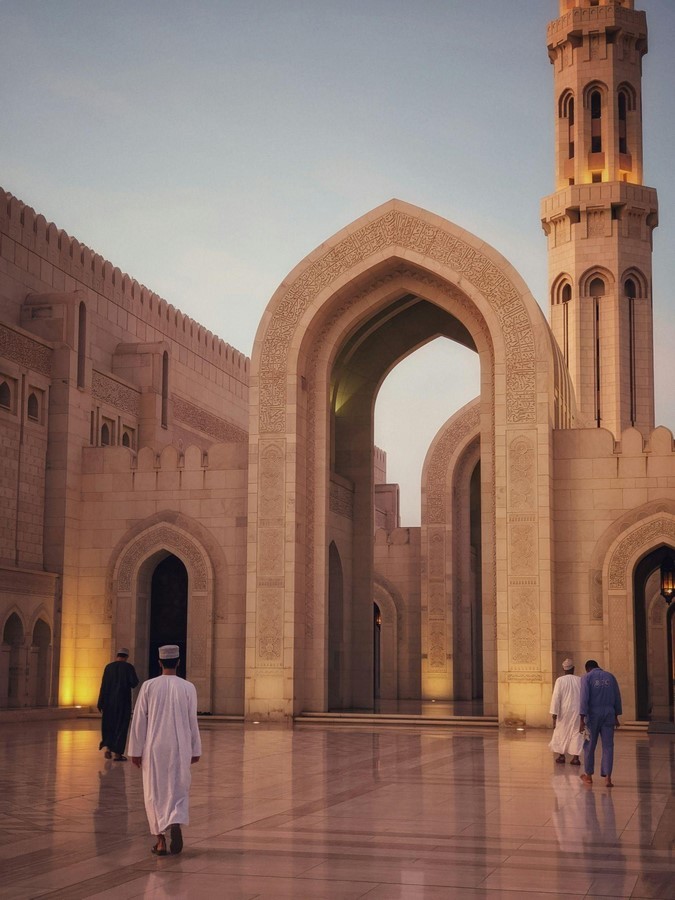
Islamic Calligraphy in the Modern Age
Even though the concept of incorporating calligraphy in Islamic architectural buildings began in the 15th century, today’s modern buildings in the Middle East also incorporate calligraphy in their buildings and monuments. Calligraphy is not limited to only Islamic buildings but has evolved into a broader horizon. A great example of how calligraphy is not limited to just the spreading of Islamic religious values, but also as a beacon for sharing one’s vision to the world is the Museum of the Future in Dubai, United Arab Emirates.
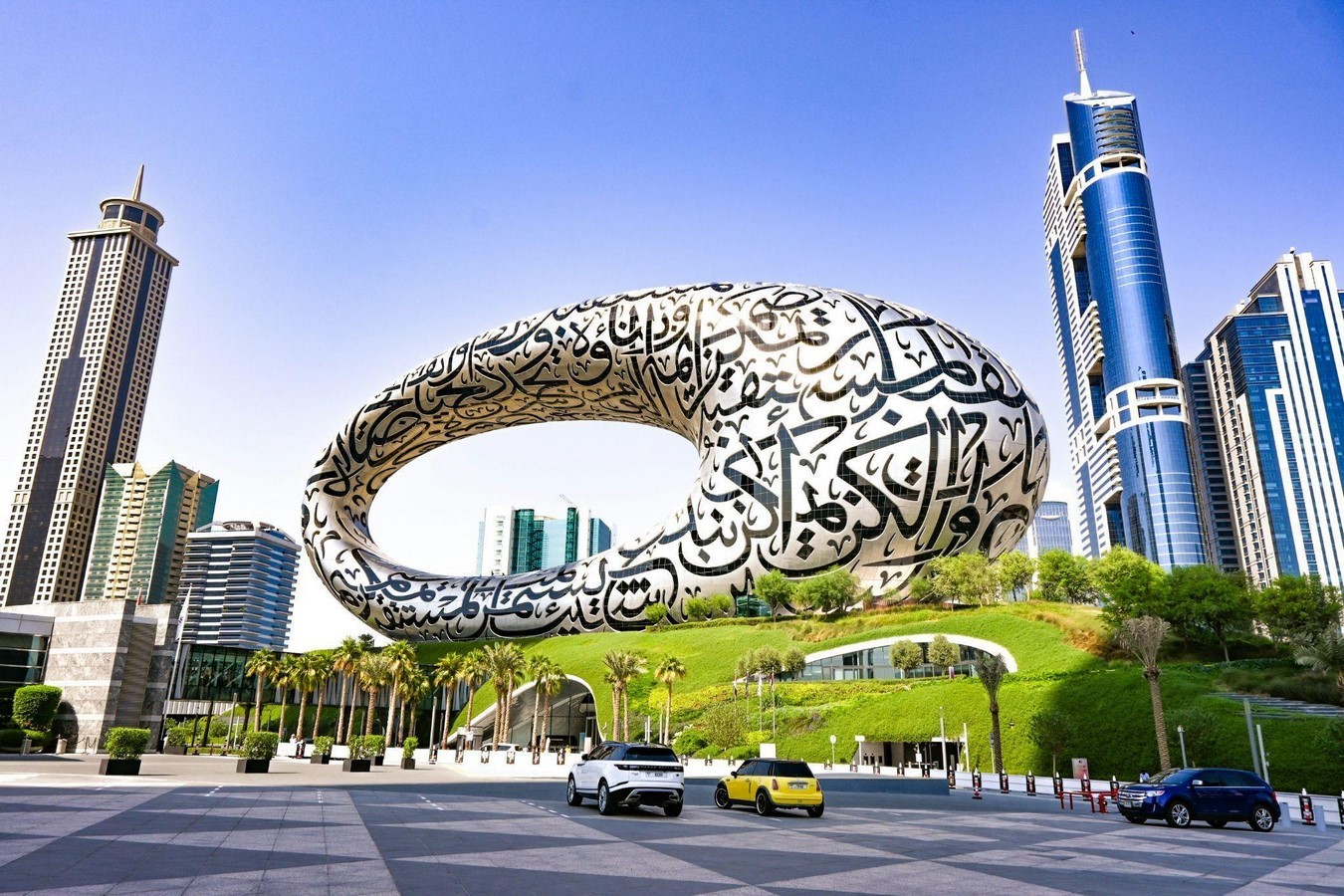
The iconic torus-shaped building’s exterior facade has three phrases written on it which was quoted by Sheikh Mohammed bin Rashid Al Maktoum, Vice President and Prime Minister of the United Arab Emirates about the future of UAE. The quotes are,
“We won’t live for hundreds of years, but the products of our creativity can leave a legacy long after we are gone.”
“The future will be for those who will be able to imagine, design and build it, the future does not wait, the future can be designed and built today.”
“The secret of the renewal of life, the development of civilization and the progress of humanity is in one word: innovation.”
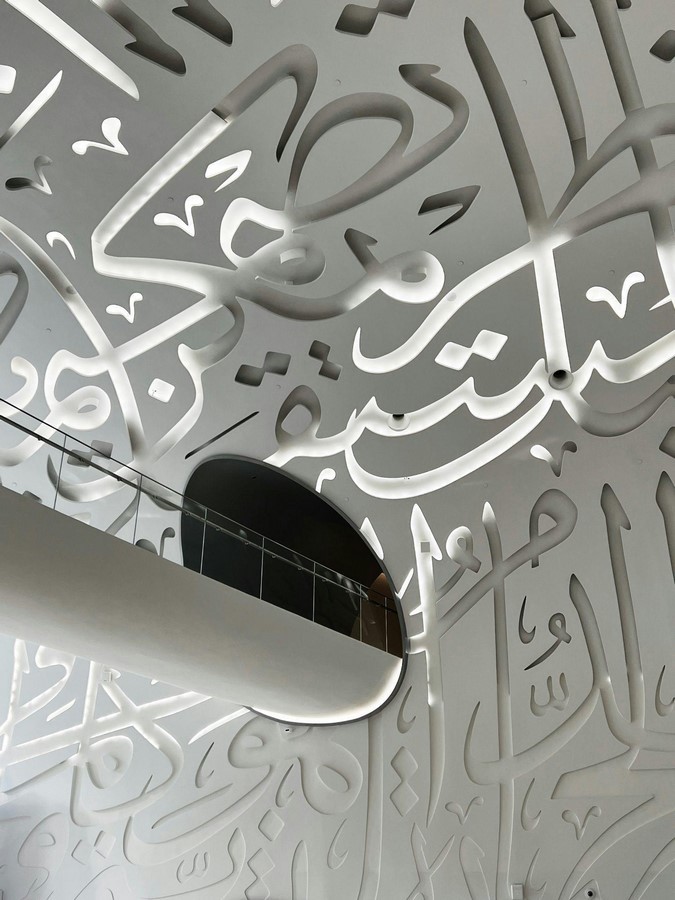
The ideology of creating the entire facade of the building using calligraphy shows how far calligraphy has come through the ages. Another example is the “Power of Words” sculptures in Qasr Al Watan Palace in Abu Dhabi. Qasr Al Watan is home to three “Power of Words” sculptural masterpieces each with a quote by UAE’s late founding father Sheikh Zayed Bin Sultan Al Nahyan. The three quotes for the three sculptures are,
“Wealth is not money or oil; wealth lies in people and it is worthless if not dedicated to serving the people.”
“Science and history walk side by side. By using science, man can record his history and preserve it for generations to come, so others may learn from it and come to know what their ancestors achieved.”
“The education of our people is a great wealth. We are proud of our educated nation because, through knowledge and science, we will open the horizon to a glorious future.”
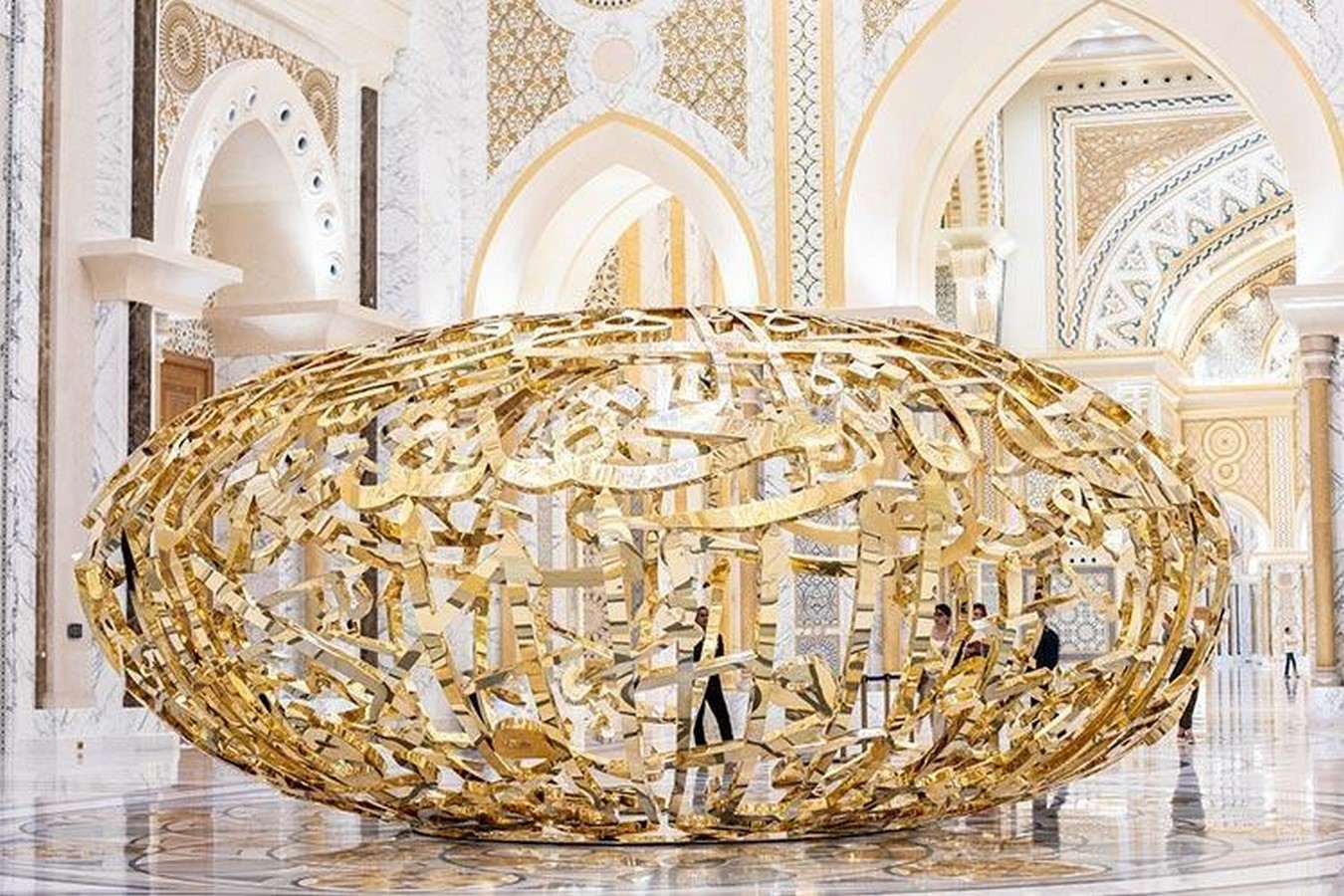
The calligraphy on the facade of the Museum of the Future and the Power of Words sculptures was designed by Emirati artist, Mattar Bin Lahej. Both these architectural buildings/ features narrate the story of how calligraphy becomes the canvas for the exhibition of one’s vision of the world.
The dogma of calligraphy in Islamic architecture hasn’t changed but evolved. The essence of calligraphy in the Arab architectural world is retained to make way for its innovative expression to suit today’s context. Calligraphy will always remain a beautiful visual form of expression.
Citations:
Calligraphy and Islamic design (no date) Site Search. Available at: https://pluralism.org/calligraphy-and-islamic-design (Accessed: 18 April 2024).
The National News (no date) ‘“Power of Words”: The story behind the Sheikh Zayed-inspired sculptures at Qasr Al Watan’. Available at: https://www.thenationalnews.com/arts-culture/art/power-of-words-the-story-behind-the-sheikh-zayed-inspired-sculptures-at-qasr-al-watan-1.1202601 (Accessed: 18 April 2024).








